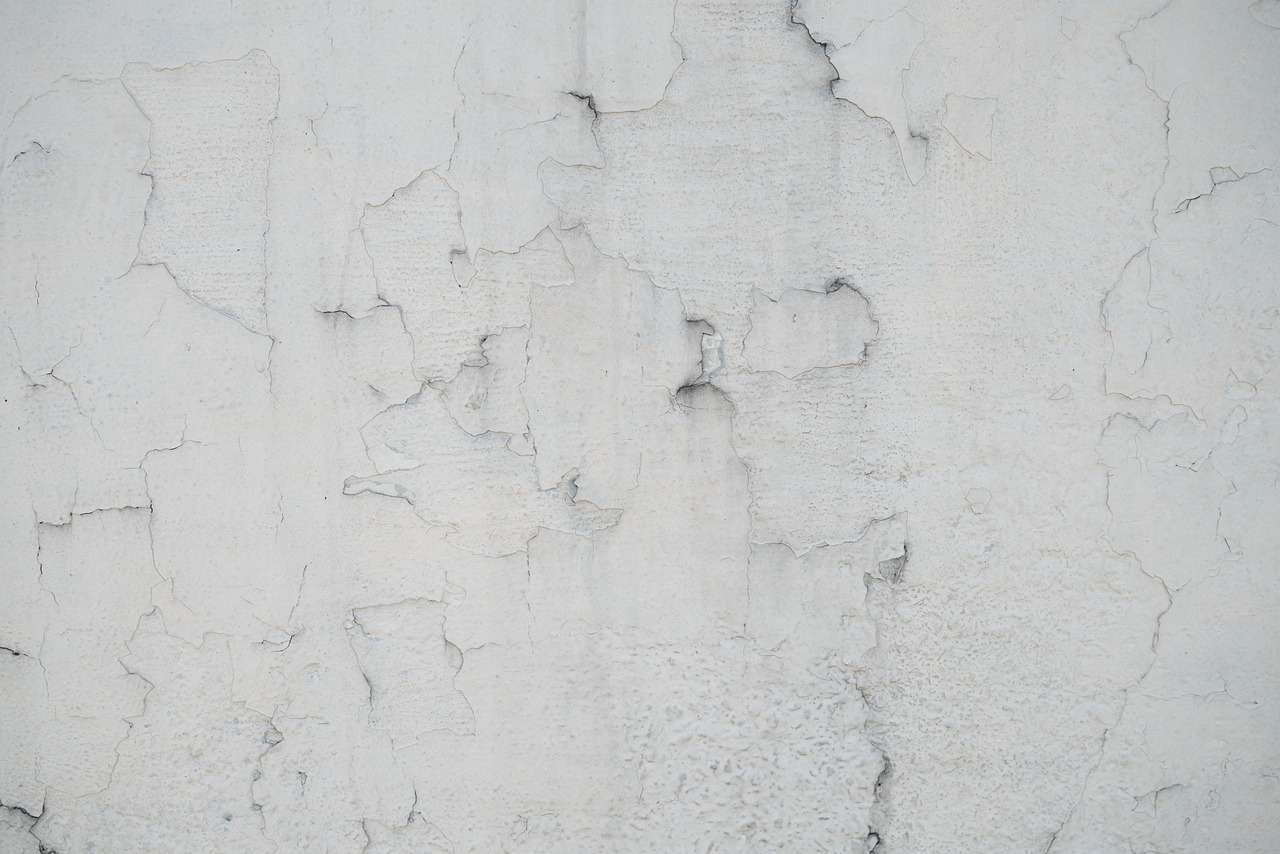Stone art, an ancient and diverse form of creative expression, involves techniques like pebble painting, rock balancing, and intricate stone carving. You'll need tools such as chisels, hammers, and adhesives, along with protective gear and paintbrushes. Engaging in stone art offers numerous benefits, including stress reduction and enhanced focus. Common themes include natural scenes, mandalas, and abstract designs, each fostering a connection with nature and mindfulness. Displaying your creations can enrich both indoor and outdoor spaces, providing unique focal points. By exploring these facets, you'll uncover the rich, multifaceted world of stone art.
Key Points
- Stone art includes techniques like pebble painting, rock balancing, carving, and mosaic art.
- Essential tools for stone art include chisels, hammers, adhesives, protective gear, and paintbrushes.
- Stone art promotes relaxation, enhances creativity, and fosters mindfulness.
- Popular themes in stone art are nature scenes, mandalas, animals, inspirational quotes, and abstract designs.
- Stone art can be displayed indoors, outdoors, in garden spaces, as centerpieces, or as personalized gifts.
Types of Stone Art
Exploring the various types of stone art, you'll find that each form—from pebble painting to rock balancing—offers unique techniques and aesthetic expressions. Pebble painting transforms ordinary stones into colorful canvases, often featuring nature scenes or inspirational quotes.
Rock stacking, a form of ephemeral art, emphasizes balance and harmony, creating temporary sculptures that engage with natural elements. Stone carving, on the other hand, requires precision, turning raw stone into intricate designs or figures.
Mosaic art arranges small stones into elaborate patterns, often used for decorative purposes. Lastly, rock balancing combines both art and meditation, as the process of finding equilibrium fosters patience and focus.
Each type not only showcases creativity but also deepens your connection with nature.
Essential Tools and Materials
Understanding the essential tools and materials for stone art is important for creating intricate and durable pieces. You'll need a variety of chisels and hammers to carve and shape your stone pieces accurately.
Adhesives play a significant role in assembling parts, ensuring stability and longevity. Don't overlook your safety; always wear protective gear like gloves and safety glasses to prevent injuries.
Paintbrushes are indispensable for adding detailed designs to your work. When it comes to materials, diverse stones, pebbles, rocks, and mosaic tiles offer a broad palette for your creativity.
These tools and materials enable you to craft remarkable stone art, including pebble paintings, rock sculptures, and mosaic designs, showcasing both technical skill and artistic vision.
Benefits of Stone Art
While mastering the tools and materials is key to producing stone art, the practice itself offers numerous psychological and emotional benefits. Engaging in stone art can significantly reduce stress and promote relaxation through a meditative process. This creative endeavor also enhances your creativity, as you explore various designs and techniques with natural materials. By connecting with nature, stone art fosters tranquility and mindfulness. Additionally, the meticulous arrangement and crafting improve your focus and concentration. Lastly, stone art encourages patience, as you work diligently to achieve your desired outcomes.
| Benefit | Description |
|---|---|
| Stress Relief | Meditative process reduces stress and promotes relaxation. |
| Enhanced Creativity | Exploration of different designs and techniques with stones. |
| Tranquility and Mindfulness | Connection with nature fosters a sense of peace and mindfulness. |
| Improved Focus | Careful arrangement and crafting enhance concentration. |
| Development of Patience | Diligent work with stones cultivates patience. |
Popular Themes and Designs
In stone art, popular themes often include detailed nature scenes, mandalas, animals, inspirational quotes, and abstract designs, each offering a unique avenue for artistic expression.
Nature scenes, like landscapes and forests, captivate with their intricate details, immersing you in the serenity of the natural world.
Mandalas, with their complex geometric patterns, symbolize unity and balance, providing a meditative quality.
Depictions of animals, such as birds, butterflies, and sea life, celebrate biodiversity and capture the essence of various creatures.
Inspirational quotes infuse the art with meaningful messages, offering daily affirmations.
Abstract designs break traditional boundaries, allowing exploration of shapes, colors, and textures in unconventional and innovative ways, fostering a creative and unique approach.
Displaying Your Stone Art
Displaying your stone art can greatly enhance both indoor and outdoor spaces, often adding a layer of creative sophistication and artistic value.
Indoors, placing stone art on shelves, mantels, or as wall art showcases its intricate designs and textures.
In outdoor garden spaces, stone art blends seamlessly with natural surroundings, elevating the environment's aesthetic.
For special occasions or everyday decor, incorporating stone art into table centerpieces creates unique, eye-catching focal points.
Additionally, stone art serves as personalized gifts, offering recipients lasting reminders of your thoughtfulness.
The versatility of stone art's display options allows for seamless integration into various settings, ultimately enriching the visual and artistic appeal of any space.
Frequently Asked Questions
What Is Stone Art Called?
You're looking for the term used to describe this form of artistic expression. It's commonly known as rock art or stone sculpture. This art form uses natural stones to create various artistic expressions, often inspired by nature.
How Do I Start Stone Art?
To start, gather essential tools like paintbrushes and chisels. Choose a theme that inspires you and find a suitable display location. Practice patience and focus, exploring different techniques to discover which resonates with you.
What Artwork Can Be Made Using Stone?
You can create various artworks like intricate mosaics, detailed carvings, and painted scenes. These pieces can depict nature, mandalas, or abstract designs. Each medium offers unique opportunities for artistic expression and audience engagement.
How Do You Display Stone Art?
You can display stone art by placing it on shelves, in outdoor gardens, or as wall installations. Use pieces as table centerpieces or unique gifts. These methods enhance your decor, creating focal points and adding natural beauty.
Conclusion
To sum up, stone art offers a rich tapestry of creative expression, blending historical resonance with modern innovation.
By mastering essential tools and materials, you'll discover diverse artistic possibilities and appreciate the meditative benefits of this craft.
Popular themes and designs provide ample inspiration, allowing your work to resonate with viewers.
Displaying your stone art effectively guarantees it garners the attention it deserves, cementing your place in this timeless artistic tradition.
Immerse yourself; your masterpiece awaits.

